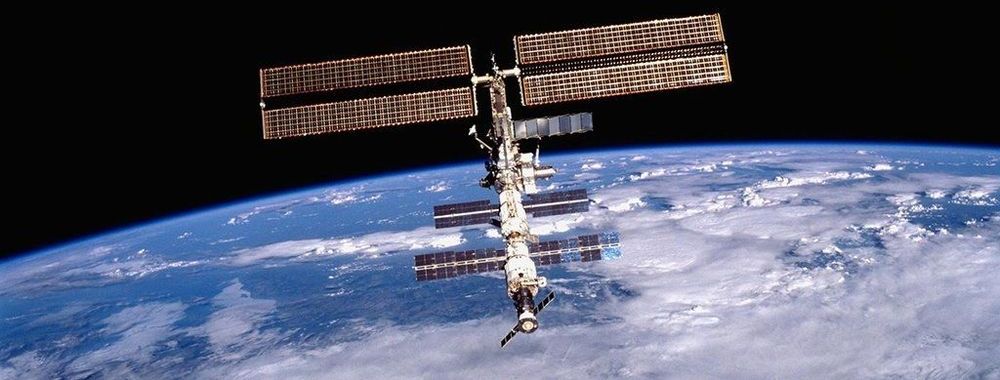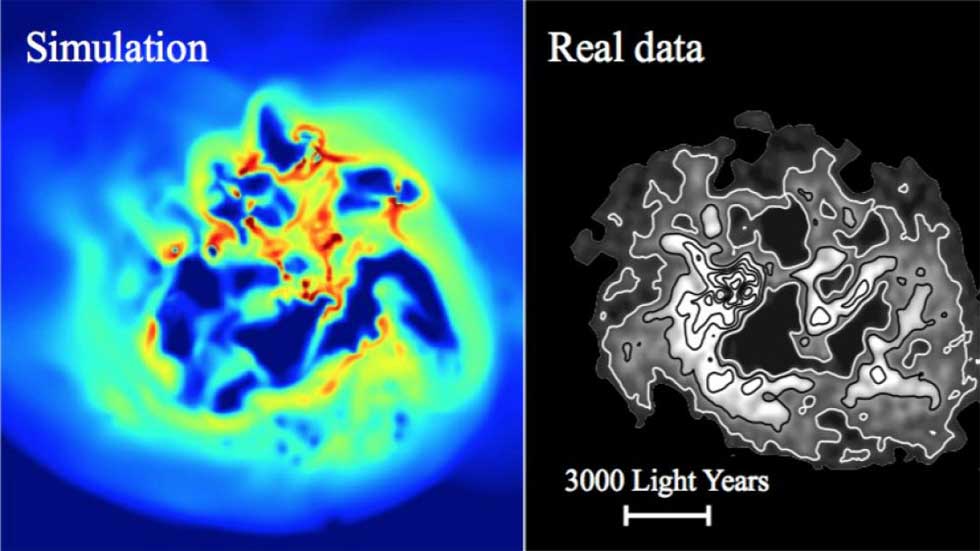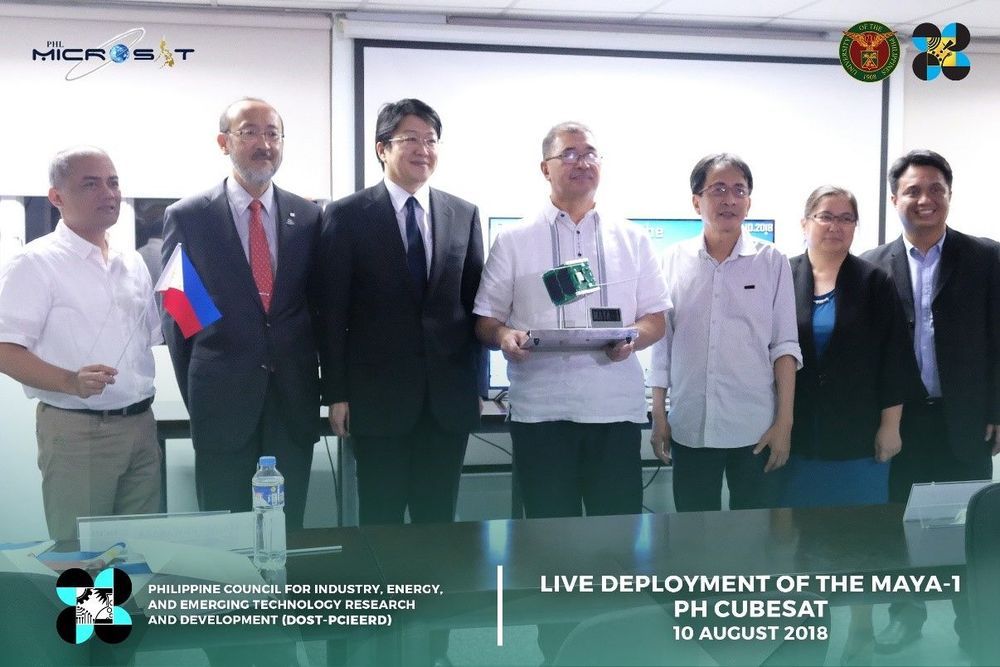Jan 7, 2019
Genetic testing is the future of healthcare, but many experts say companies like 23andMe are doing more harm than good
Posted by Genevieve Klien in categories: biotech/medical, genetics, health
- Genetic testing will be a cornerstone of healthcare in 2019, experts say.
- There are two ways to do the testing: getting a costly but complete genetic workup through a doctor or opting for a cheaper at-home test like those sold by 23andMe.
- Clinicians and advocates criticize the at-home approach, which they say prioritizes convenience over privacy and long-term health.
- But entrepreneurs counter that the at-home approach lets more people access information.
- Which method will win out, and at what cost?
As millions of Americans sat down to Thanksgiving dinner, the biomedical researcher James Hazel sent out a stark warning about the genetic-testing kits that he surmised would be a hot topic of conversation.
Most of them are neither safe nor private.






 With support from the National Network of Libraries of Medicine, the School for the Future of Innovation in Society at Arizona State University and SciStarter invite libraries to be part of
With support from the National Network of Libraries of Medicine, the School for the Future of Innovation in Society at Arizona State University and SciStarter invite libraries to be part of 










